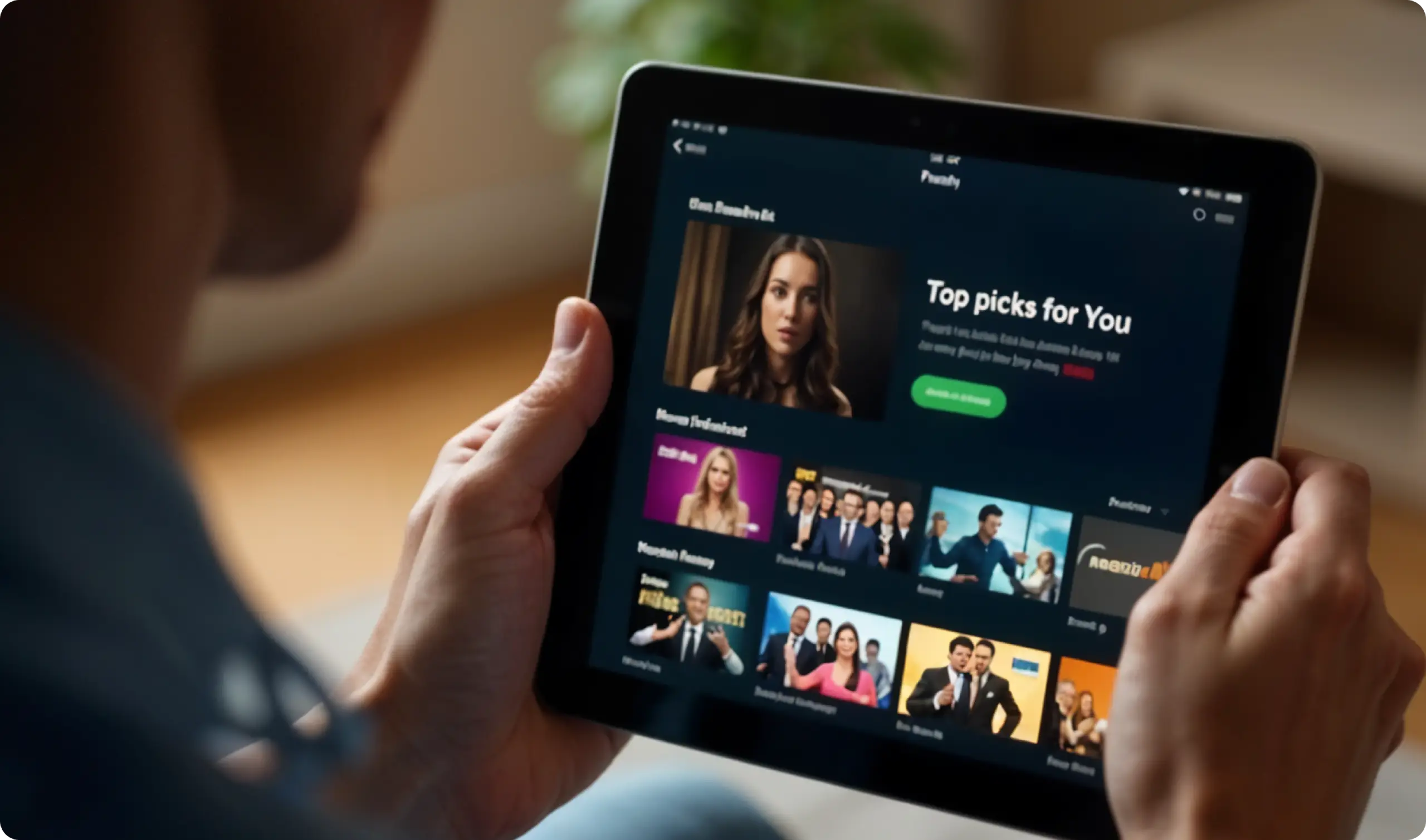
Many products struggle to stand out in today’s crowded markets, blending into a sea of sameness. It’s not uncommon to come across products in various categories—CRM, HRtech, project management, email marketing, etc. —that all look and feel alike. Despite the best efforts to innovate, different products feel the same to users.
Product sameness affects marketing, sales, product management, and business. When products don’t stand out, it becomes harder to attract attention, build brand loyalty, and drive growth. In an era where consumers are bombarded with choices, standing out is no longer a luxury—it’s a necessity.
So, why is it so difficult for products to truly differentiate? Why do so many well-intentioned attempts fall flat? The answer doesn’t lie in technology or proprietary patterns. The root of the problem lies in the common misconception about what differentiation really means.
Common Approaches Companies Use to Differentiate Their Products
When companies try to differentiate their products, companies often turn to common tactics like:
- Adding unique features competitors don’t have—like introducing a chatbot or a new integration.
- Adopting the latest technology simply because it’s trending—such as integrating AI or blockchain without a clear purpose.
- Rebranding with new visuals – like unveiling a new logo, tagline, or website design.
While these approaches might create temporary buzz, they often fail to lead to meaningful differentiation or lasting impact. Why? Because these are surface-level changes that don’t address the deeper experience that users actually care about.
In other words, product differentiation is not just about what’s on the surface—it’s about what happens when your product interacts with the user. This is an important statement, so I am going to say it again.
A differentiated product is created when you provide a differentiated experience to the user.
This means that creating a differentiated product is no longer about –
– Features
– Technology
– Brand, etc.
It’s about all of them coming together to provide a differentiated experience to the user—one that they can’t get anywhere else.
Apple’s Superpower: Unified Experience
A good example of this concept is Apple.
“Is Apple better than Android?”
Tech-savvy individuals have debated this for years. But they are missing the point.
It’s not about which brand has the “best” features. Both Apple and Android offer powerful devices with advanced technology, sleek designs, and a wide array of apps. However, the key difference lies in the experience they deliver.
Apple has mastered the art of creating a cohesive and satisfying experience. It’s not just about the individual pieces—the features, design, or technology—but about how everything comes together in perfect harmony. From the moment you unbox an iPhone to the seamless integration with other Apple products, the entire ecosystem is designed to work together effortlessly. This unified experience feels like an orchestra playing a beautifully synchronized piece of music.
The point is, it’s not about the features or technical specifications. It’s about how a brand makes its customers feel.
Technology Is No Longer a Differentiator
Notice that in the case of Apple (and also in the case of any contemporary brand), technology is no longer a differentiator. Whenever a new technology emerges, all the players in the category adopt it. It’s how you use technology that makes the difference.
Consider this analogy: Most banks today offer similar core services—checking accounts, savings accounts, loans, etc. The real differentiator isn’t the technology they use to provide these services but how they integrate that technology into a seamless, user-friendly experience.
For instance, one bank might leverage its mobile app to create a frictionless experience, allowing users to manage their finances effortlessly with a few taps. Another bank might use the same technology but fail to create a coherent and intuitive experience, leading to frustration and dissatisfaction.
Differentiating by Catering to a Different Emotion
Every category today is crowded. With competitors adopting similar features, technology, and branding, it’s challenging to stand out by relying on these elements alone. In a market where everyone has access to the same tools and technologies, true differentiation comes from catering to a different emotion.
Here’s an example:
Imagine you’re launching an Ed-tech app for kids. The top competitor’s promise is clear: “Our app will make your kid the class topper.” How do you differentiate yourself?
If you make the same promise, you are in a losing battle.
Instead, your product can focus on a different emotion. Not every parent is driven by grades alone. User research might show that some parents value “life skills” over “academic performance.” Build your product around that insight.
Your messaging could be:
“Do you want to make your kid a topper? Go to our competitors. Do you want your kid to have better life skills? We are the best out there.”
Catering to a different emotion helps you create a differentiated experience, thus helping your product stand out.
Conclusion: Creating Lasting Differentiation Through Experience
In today’s oversaturated market, where products and technologies rapidly converge, the key to standing out lies not in superficial changes or the latest tech buzzwords but in crafting a differentiated experience.
True differentiation isn’t about offering more features or adopting the newest technology. It’s about creating a seamless, emotionally resonant experience that speaks directly to your users’ needs and desires. This is what builds loyalty, fosters long-term relationships, and ultimately sets your product apart in a crowded category.
Partner with a UX design agency that understands the art of differentiation. Let’s create a user experience that not only stands out but resonates deeply with your audience, driving loyalty and business growth. Connect with us today!






